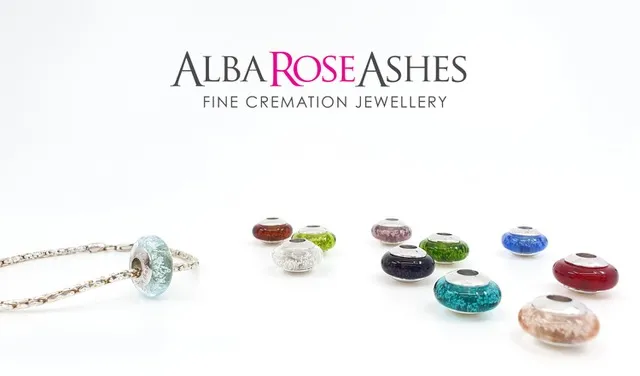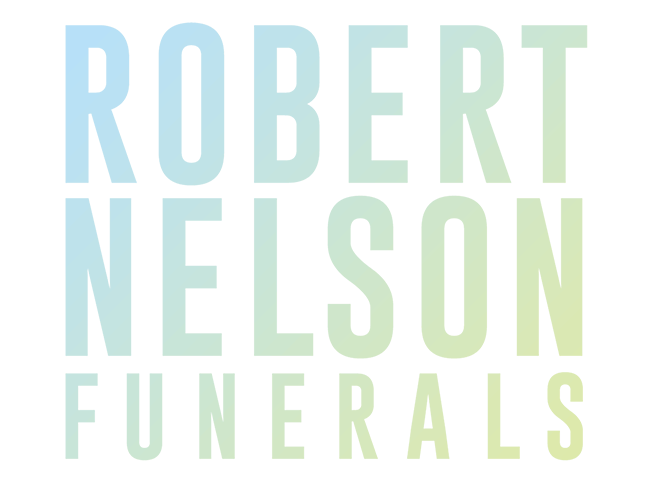How much do you know about cremation?
My forebearers were involved in some of the early cremations on the cremation pyres of the Ballarat goldfields in the 1800s. Much has changed in the way we cremate and societies views on it.
Today, cremation accounts for almost 60% of all disposition in Victoria (Births Death Marriages Victoria July 2020 – September 2020). With so many people choosing cremation over burial, How much do we really know what happens behind the scenes?
In Victoria, all crematoriums must be on cemetery land, and all cemeteries are on crown land, so unlike other states and other countries, Victoria does not have private crematoria. In states and countries that do have private cremation, there is a significant difference in fees. In the report commissioned by the Victorian Government “Victorian Cremation Industry Viability” by Marsden Jacob Associates 2004, “the cremation price is a small proportion of the overall cost to the bereaved and is unlikely to affect the burial/cremation decision. The bereaved are generally more concerned with the total package price.” This would seem to contradict what has occurred to fees in a market where private operators exist.
With an increasing number of funeral operators offering low cost , direct or unattended services the cremation cost can account for more than 50% of the overall fees.
So how do these private crematorium function?
In most place throughout the world, the crematorium is located in the rear of the funeral home and operated by the funeral director, Fees can be up to 50% lower than those currently charged by public crematoria.
How do most people see cremation?
People on a regular basis tell me how they have been into the crematorium and witnessed the cremation. While this is possible most mourners will only get as close as the crematorium chapel. Most crematoria in Victoria have chapels and function areas that are separate from the crematorium. Mourners will normally attend the chapel for the service and at the conclusion, the funeral the coffin turn from view or is lowered out of sight. Some cremators are located directly behind the chapels. The coffin is removed from the catafalque (the lowering device) and will await cremation. In other instance, the coffin is loaded into a vehicle and transported a few hundred metres to the crematorium building. the cremation may occur immediately but in some case will occur the following day.
Witnessing Cremation
With an increasing number of Hindu, Sikh and Buddhist families in Melbourne, the cultural requirement to witness the cremation has increased and more families are requesting this option. Don’t be surprised, that the crematorium charges a fee for families to witness the cremation of their loved one.
In many countries that our new Australians come from, the service would often be held in front of the cremation chamber. In Melbourne, small numbers of the family either watch the cremation on a video screen in an adjoining room or witness the coffin entering the cremator behind a glass window. The process for families is quick. The coffin is loaded onto a special device that will discharge the coffin into the cremator. The doors of the cremators remain closed until that family is ready. Once settled, the family will indicate to the cremation operator to proceed. The door slides up and the coffin is quickly injected into the cremator. The door is quickly closed. Families will leave after this. The whole process may take less than a minute.
The cremation itself takes 1-2 hours.
Ashes or cremated remains
The terms ashes tend to infer the cremated remains are like cinder, very light and like powder, however, most people are surprised when the cremated remains are returned. Ashes are skeletal remains and the average cremated remains urn will weigh approximately 3kg. Typically remains will be ready for collection within 48 hours after cremation.
Is the coffin cremated or reused?
Absolutely not. The coffin as you see it is not opened once entered the crematorium building.
Do I need to use a coffin at all for cremation?
While some crematorium now accepts non-coffin cremation the deceased still needs to enter the crematorium in a sealed container and be on a solid base. The body is usually wrapped in a cotton shrouds similar to the way Muslims would bury their loved ones and secured to a plantation pine cremation bearer. Some feel this is a good environmental option.


What can I place in the coffin?
Unlike burial, there are restrictions what you can place in a coffin for cremation. Batteries are definitely not to be included (due to the possibility of explosions) and the funeral director will sign a declaration that any pacemakers have been removed. Excessive plastics should be avoided and bottles are now on the band list due to effect they can have on cremated remains. Bodies can be dressed as normal.
Can I use a cardboard coffin?
Yes, there is special cardboard coffins known as Bio board.
You can learn more about the bio board here https://www.youtube.com/watch?v=SwA4pp9vLTQ&t=1s
Do I need to have a service with the cremation?
No, many people are choosing to have a direct or unattended cremation. The body and coffin are taken directly to the crematorium without anyone attending. Many families choose to have some other celebration of life event, from a very private personal scattering of cremated remains in meaningful locations with a few people, to large elaborate and often noisy lunches. There are no rights and wrongs when it comes to celebrating a life, just relevant and meaningful events. So the choices are all yours to make
Can we seperate cremated remains for different members of our family?
Yes, just ask your funeral director and he will arrange this for you.
Cremation Urns, Jewellery, Scattering tubes
There is a large range of options open to families to choose from in deciding with what to do with cremated remains. There are literally thousands of different types of cremation urns, made from every conceivable material. From mass produced urns to individual handcrafted works of art, environmental and bio degradable urns are also available. Cremation jewellery varies from small metal pendants that can be place on a necklace to Diamonds made from cremated remains and Italian glass infused with remains all made into beautiful jewellery.
